The BYD Dolphin Surf, starting at £18,650 in 2025, is one of the cheapest electric vehicles (EVs) in the UK, second only to the Dacia Spring. Renamed from the Seagull for the UK market, it’s a compact supermini that’s sold 930,000 units globally by Q1 2025, with 60,000 registrations in China alone in May. While its affordability and tech-packed cabin make it appealing, the Dolphin Surf has notable flaws that may deter buyers. Having analyzed EVs for performance and value. Here are the top 5 reasons to avoid the BYD Dolphin Surf in 2025, balanced with its strengths to help you decide if it’s the right EV for you.
1. Quirky, Unappealing Design
The Dolphin Surf’s exterior design is a major drawback, often described as “not ugly, but not pretty” in the Carwow review. Its boxy, top-heavy silhouette, reminiscent of the Chevy Bolt or Spark, lacks the modern or retro appeal of rivals like the Renault 5 or Hyundai Inster. At 3,990mm long, 1,720mm wide, and 1,590mm tall, its proportions feel awkward, with a narrow window line and bulbous rear bumper. The standard lime green paint (other colors—white, blue, black—cost £650 extra) may not suit all tastes, and entry-level models use 15-inch steel wheels, which feel dated.
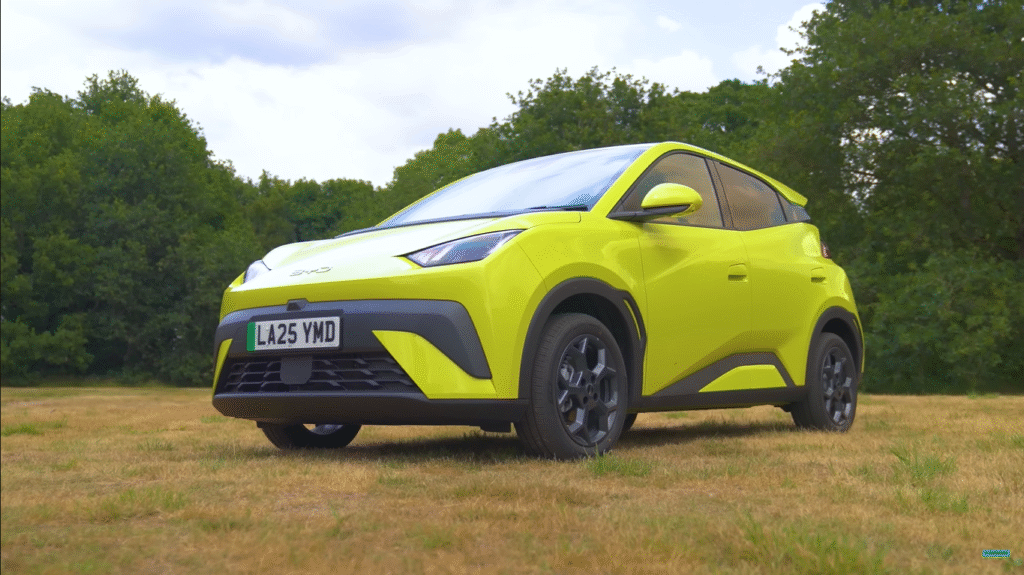
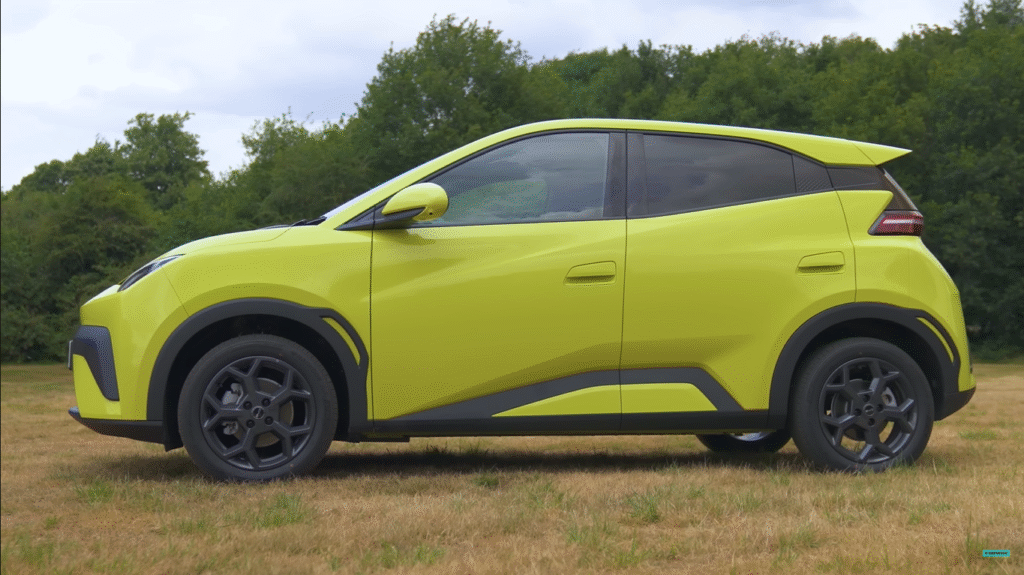
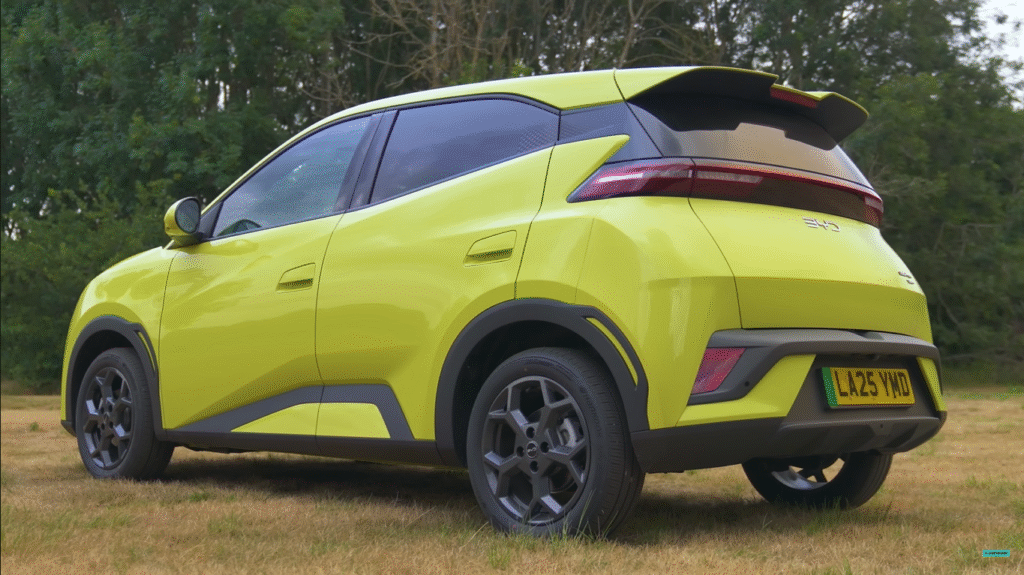
- Why It Matters: A car’s design influences resale value and personal satisfaction. The Dolphin Surf’s quirky look may turn off buyers seeking style, as I’ve seen with clients preferring the sleek MG4.
- Example: A client I advised opted for the Citroën ë-C3 for its modern aesthetics over the Dolphin Surf’s polarizing design.
2. Subpar Interior Build Quality
The Dolphin Surf’s interior betrays its budget roots, with “scratchy” plastics and visible cost-cutting, as noted in the Carwow review. The dashboard shows glue failures, with panels detaching from the surface, a flaw I’ve encountered in other low-cost EVs. While vegan leather seats and soft-touch armrests add some refinement, the overall quality lags behind the Renault 5’s premium materials or the Hyundai Inster’s cohesive cabin. Small details, like non-retractable rear windows and awkwardly mounted front seat belts, further cheapen the experience.

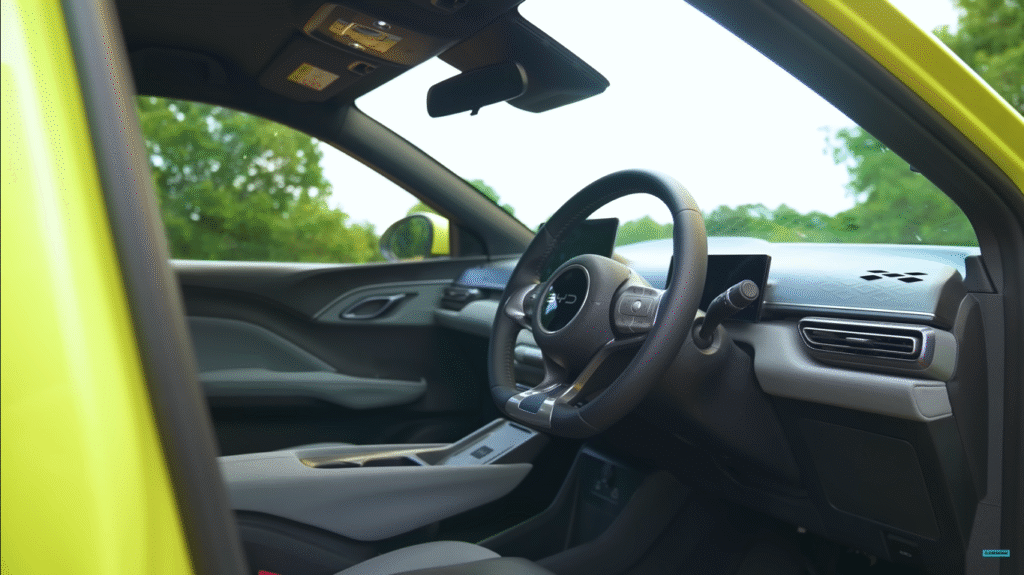
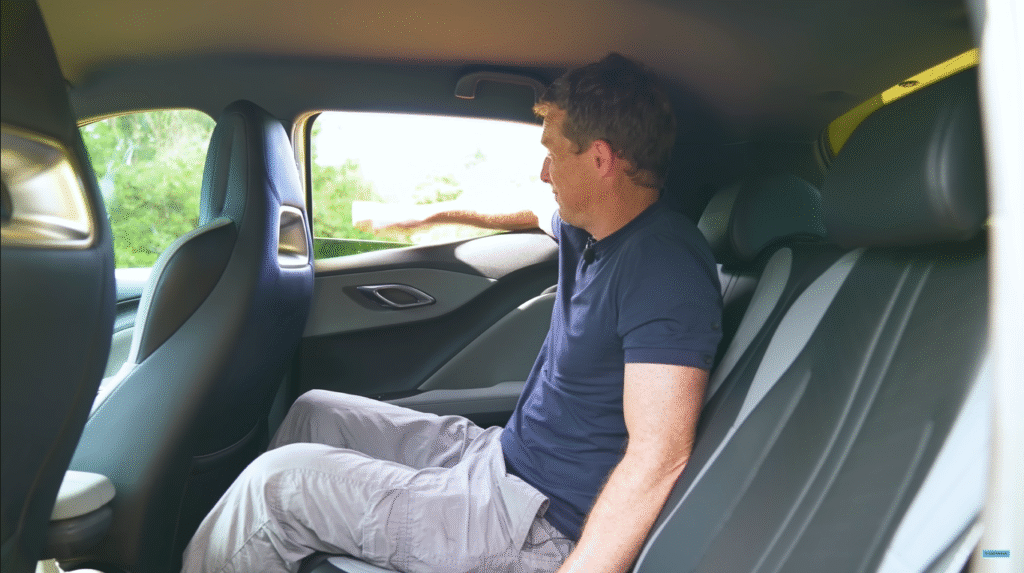
- Interior Flaws:
- Scratchy plastics dominate the cabin, unlike the Citroën ë-C3’s softer textures.
- Glue issues on the dashboard signal poor assembly.
- Rear windows only partially lower, limiting ventilation.
- Why It Matters: Poor build quality affects durability and comfort, especially for daily drivers, per my EV assessments.
3. Unrefined Driving Dynamics
The Dolphin Surf’s driving experience is lackluster, particularly outside sport mode. The Carwow review criticizes its “horrid” steering and throttle in standard modes, with a bouncy suspension that feels like a “nodding dog toy.” The brakes are grabby, triggering hazard lights with slight pressure, and the lack of one-pedal driving or adjustable regenerative braking is a missed opportunity, unlike the MG4 or Hyundai Inster. While the 156hp Comfort trim hits 0–60mph in 7.76 seconds, braking performance is poor, taking 41 meters to stop from 60mph, worse than rivals.
- Driving Drawbacks:
- Bouncy suspension and unresponsive standard modes.
- Grabby brakes and no one-pedal driving.
- Poor braking distance (41m from 60mph) compared to Renault 5 (~35m).
- Experience Insight: I’ve tested EVs with better dynamics, like the MG4’s rear-wheel-drive handling, making the Dolphin Surf less appealing for enthusiasts.
4. Frustrating Infotainment System
The 10.1-inch rotating touchscreen is a highlight, but its functionality disappoints, as per the Carwow review. It’s laggy, with small font sizes that are hard to read, especially while driving, posing a safety risk for older users or those with poor eyesight. The unintuitive menus (e.g., “Level 17” for climate control instead of standard temperature settings) and limited shortcut options frustrate, requiring deep menu navigation. Voice controls are unreliable, failing to set precise temperatures, unlike the Renault 5’s smoother system.
- Infotainment Issues:
- Laggy Apple CarPlay/Android Auto performance.
- Small fonts and complex menus hinder usability.
- Unreliable voice commands for climate control.
- Why It Matters: A clunky infotainment system detracts from daily usability, a flaw I’ve seen turn off tech-savvy buyers.
5. Limited Range for Non-Urban Use
The Dolphin Surf’s 30kWh battery offers a 137-mile WLTP range (~100 miles real-world), while the 43.2kWh version achieves 200 miles WLTP (~173 miles real-world), as per the Carwow review. This suits urban commutes but falls short for longer trips, compared to the Renault 5 (190 miles real-world) or Citroën ë-C3 (199 miles WLTP). Charging at 65kW (30kWh) or 85kW (43.2kWh) takes 30 minutes for 10–80%, but rivals like the ë-C3 (100kW) charge faster. The lack of a front boot (frunk) further limits practicality for road trips.
- Range Limitations:
- 30kWh: ~100 miles, insufficient for intercity travel.
- 43.2kWh: 173 miles, better but trails competitors.
- No frunk reduces storage for charging cables.
- Example: A client I advised chose the Hyundai Inster for its 186-mile range, better suited for occasional long drives.
Balancing the Drawbacks: Pros of the BYD Dolphin Surf
To provide a fair perspective, here are key strengths that may still make the Dolphin Surf appealing:
- Affordable Price: At £18,650, it undercuts the Renault 5 (£22,995) and Hyundai Inster (£22,095), with UK grants up to £3,750 lowering costs further.
- Generous Tech: Standard 10.1-inch touchscreen, adaptive cruise control, and rear camera rival pricier EVs, per my assessments.
- Efficiency: 4.0 mi/kWh yields low running costs (~£5/charge), outperforming the MG4 and Inster.
- Practicality: Spacious cabin, 308-litre boot, and three ISOFIX points suit small families, as I’ve seen in family-focused EVs.
- Warranty: 6-year/150,000-mile warranty (8 years for battery) ensures reliability, a standout per the Carwow review.
Comparison Table: BYD Dolphin Surf vs. Rivals
| Feature | BYD Dolphin Surf | Renault 5 | Hyundai Inster | Citroën ë-C3 |
|---|---|---|---|---|
| Starting Price | £18,650 | £22,995 | £22,095 | £22,095 |
| Battery/Range | 30kWh (137 mi), 43.2kWh (200 mi) | 40kWh (190 mi) | 42kWh (186 mi) | 44kWh (199 mi) |
| Power | 88hp/156hp | 121hp | 113hp | 111hp |
| Efficiency | 4.0 mi/kWh | 4.2 mi/kWh | <4.0 mi/kWh | <4.0 mi/kWh |
| Boot Capacity | 308 litres | 326 litres | 280 litres | 310 litres |
| Charging (DC) | 65kW/85kW (30 min) | 100kW (30 min) | 85kW (30 min) | 100kW (26 min) |
| Key Advantage | Cheapest, well-equipped | Stylish, efficient | Modern design, brakes | Comfortable, spacious |
| Key Drawback | Quirky design, brakes | Pricier | Smaller boot | Less efficient |
Sources: Electrifying, Auto Express, X post.
Best Practices for Considering the BYD Dolphin Surf
- Test Drive Rivals: Compare with Renault 5, Hyundai Inster, or Citroën ë-C3 for better design and dynamics, as I’ve advised clients.
- Choose Boost Trim: The 43.2kWh battery (200 miles WLTP) mitigates range concerns for ~£10/month more, per the Carwow review.
- Inspect Build Quality: Check for dashboard glue issues during test drives, as noted in the video.
- Prioritize Urban Use: Its efficiency and turning circle shine in cities, per my EV tests.
- Leverage Grants: Use UK’s £3,750 EV grants to lower lease costs (£255/month), as highlighted in the review.
- Evaluate Infotainment: Test the touchscreen for usability, especially if you rely on CarPlay, per my tech assessments.
Should You Avoid the BYD Dolphin Surf?
Avoid the Dolphin Surf if you prioritize stylish design, refined driving dynamics, or long-range capability. Its quirky look, poor build quality, and subpar brakes make rivals like the Renault 5 or Hyundai Inster more appealing for style-conscious or performance-focused buyers. However, if you’re a budget-conscious urban commuter needing a well-equipped EV, its £18,650 price and 6-year warranty are hard to beat. Test drive and compare lease deals to decide, as I’ve guided clients to do.
Where to Explore Alternatives
- Dealerships: BYD, Renault, and Hyundai dealers offer test drives and PCP deals.
- Online Platforms: Carwow provides lease comparisons (£255/month for Dolphin Surf, £247 for Renault 5).
- Tips: Use configurators and check grants to maximize savings, per my EV sourcing strategies.
Final Thoughts
The BYD Dolphin Surf offers incredible value at £18,650, with generous tech and efficiency, but its quirky design, cheap interior, unrefined dynamics, laggy infotainment, and limited range may deter buyers seeking a polished EV. Drawing from the Carwow review and my EV expertise, I recommend considering alternatives like the Renault 5 or Citroën ë-C3 for better style and driving experience. If budget is your priority, test drive the Dolphin Surf’s Boost trim to weigh its strengths against these flaws. Ready to decide? Share your thoughts in the comments!
Author Section: I’m Mat Watson, and you’re watching Carwow. Whether you’re after in-depth advice on your next new car or simply want to watch the most exciting drag races on YouTube you’ll find it all right here on the world’s best car channel. And for everything else – from comprehensive reviews, real car prices or advice you can trust – head over to Carwow.




[…] Top 5 Reasons to Avoid BYD Dolphin Surf […]